The question of what can become of a society and completely normal people when the said society goes mad, is valid again even in Estonia – a visit to the Anne Frank House in Amsterdam warns us about the horrors that can happen to each one of us.*
Estonia has a full generation grown up who have no active memory of the occupation and even less idea of the actual war. Therefore, the question of what can become of a society and completely normal people when the society goes mad, is very valid. History merely stands for numbers – and numbers become easy to dismiss or manipulate. How to recognise when the same ideas come back to haunt us in different colours?
In my younger and more vulnerable years, I saw and was shocked by an old photo of a SS (a paramilitary organisation under Adolf Hitler and the Nazi Party in Nazi Germany, and later throughout German-occupied Europe during World War II – editor) officer in a newspaper article. The article describing war criminals and the person on the photo reminded me of a person of my acquaintance. A young, handsome face calmly smiling back from a passport-like photo.
This was a moment of realisation that unlike in children’s movies, good and bad are not easily distinctive and don’t often even have a distinct beginning. Evil is not neatly outlined like in James Bond movies. A villain can be a hero of their own story and believe their actions to be for good. History has shown that with right conditions (or conditioning), almost anybody is capable of unspeakable evil and hopefully also good.
In Spain or Italy, I’ve seen people having Lenin’s photo in their living room wall and demonstration on the streets with Soviet flags. These are regular people who believe they are standing up for what is right. They do not recognise the absurdity to claim that they would never pick up swastika while they have no problem lining up under flags and symbols that caused similar sufferings. If humans are capable of such a self-deceit and anybody can become evil, then how can we avoid repeating history?
Throughout time, good literature has been contributing to keeping history alive, hopefully giving us the chance to recognise and avoid making the same mistakes again. A powerful narrative can make history more than a boring paragraph in a textbook. Although only a small slice of history, Anne Frank’s diary is such a story. A personal tale by a young girl writing about her life in hiding for two years during the World War II.
What are the Anne Frank House and her diary?
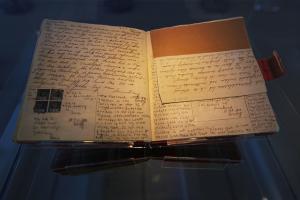
The Anne Frank House is a building in Amsterdam where Frank, her family and friends – eight Jewish people – were hiding during the Nazi occupation. They lived about two years in a secret annex built behind the bookcase on the top floors of the office building in Amsterdam.
Anne was 13 when her family went into hiding. Right before that, she started keeping a diary in a notebook she got for her birthday. She kept an uncandid record, describing their daily life, quarrels, joys and dreams as well as her personal thought about the people and herself. Following her own wishes, her father, Otto Frank (the only survivor of the group hiding in the secret annex), published her diary.
By today, Anne Frank’s Diary is the most translated Dutch book – into 70 languages, including Estonian – and sold more than 35 million copies. Today, the building of the secret annex and a few others next to it is set up as the Anne Frank House and is open for visitors. I was offered a chance by the Anne Frank Foundation to visit the Anne Frank House during my stay in Amsterdam.
My visit to the Anne Frank House
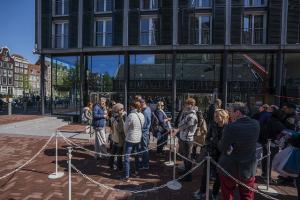
What would be a better reading material to a trip to Amsterdam than The Diary of a Young Girl but mostly known as The Diary of Anne Frank. With the story and Anne’s descriptions fresh in my mind, I approached the entrance to the house. Connected houses together form a museum and a Holocaust memorial with the secret annex as the culmination of a guided tour.
The secret annex itself has no façade toward the narrow street with a canal. The entrance to the museum is through a few neighbouring buildings. Despite it being February and a not-so-busy season in Amsterdam, I saw people turned away by polite but firm personnel in front of the house. While a small number of tickets should be available through the box office, most are pre-sold online. Even the lucky ones with a ticket have to wait for their time; each ticket has a half an hour time slot to enter.
The good news is, once you are in you are in, they give you a free electronic guide. I get to choose my guide from an astonishing number of languages. Unfortunately, but quite understandably, Estonian is not among the dozen languages available, but English is.
The Nazi occupation
The first part in the house is dedicated to the history of Nazi occupation in the Netherlands. Already two years before Frank’s family went into hiding, numerous restrictions had been made on the Jewish population.
Anne’s list of restrictions to the Jewish population:
“Our freedom was severely restricted by a series of anti-Jewish decrees: Jews were required to wear a yellow star; Jews were required to turn in their bicycles; Jews were forbidden to use street-cars; Jews were forbidden to ride in cars, even their own; Jews were required to do their shopping between 3 and 5 P.M.; Jews were required to frequent only Jewish-owned barbershops and beauty parlours; Jews were forbidden to be out on the streets between 8 P.M. and 6 A.M.; Jews were forbidden to attend theatres, movies or any other forms of entertainment; Jews were forbidden to use swimming pools, tennis courts, hockey fields or any other athletic fields; Jews were forbidden to go rowing; Jews were forbidden to take part in any athletic activity in public; Jews were forbidden to sit in their gardens or those of their friends after 8 P.M.; Jews were forbidden to visit Christians in their homes; Jews were required to attend Jewish schools, etc. You couldn’t do this, and you couldn’t do that, but life went on.”
The helpers
The next part takes me to the actual offices, warehouse and storage rooms that Anne also mentions in her story. This part is dedicated to the helpers, the people who brought them food and helped keep them secret. Acknowledged also by Anne as heroes in her story, they are the ones who took a risk of being sent to prison or executed themselves for helping fellow human beings. Photos, real names and what became of them.


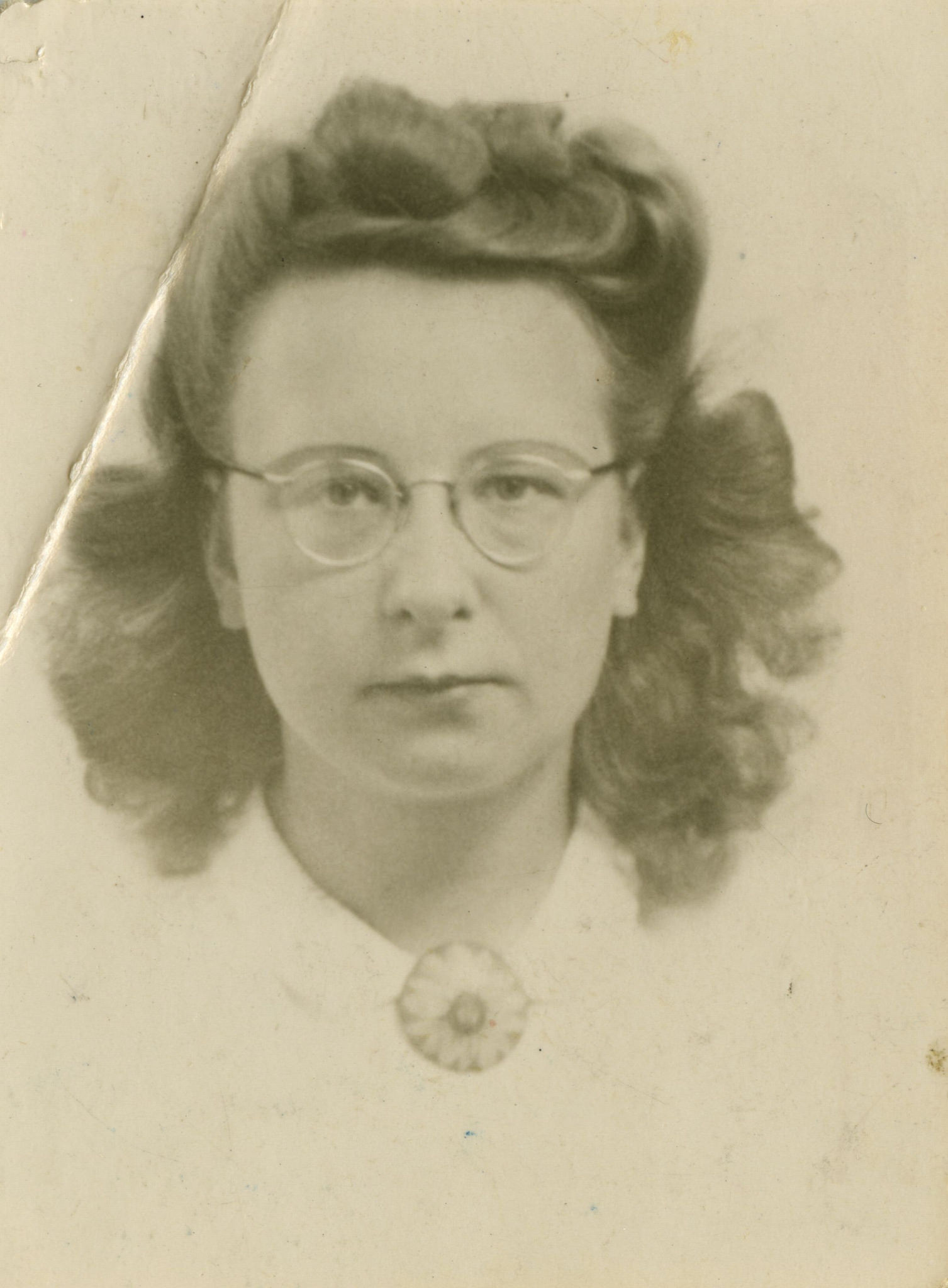
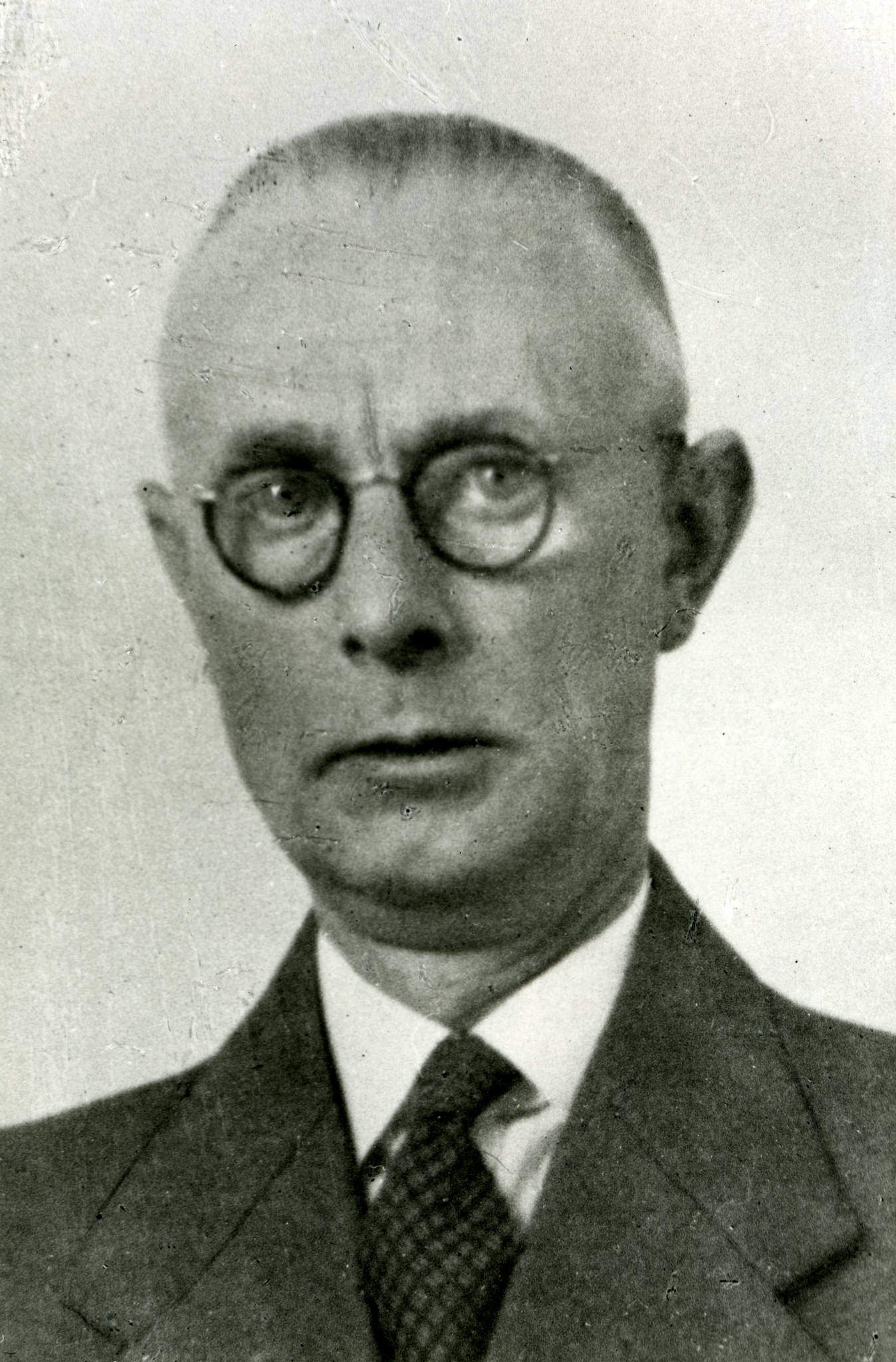

Anne’s descriptions are set side by side with the photos and their known history, adding faces and the real names to the aliases used by Anne. They are being given the credit they so justly deserve. I looked at the faces, again only humans. Women with curled hair, men with serious faces and wearing a tie. Simple office workers, any one of them could have been my neighbour, parent or (hopefully) me.
The secret annex
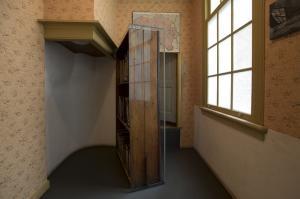
Following the other visitors, we reached the bookcase that used to hide the entrance to the secret annex. The original bookcase is still there and protected by a plastic class. I was impressed by the way visitors behaved, I didn’t see anybody trying to sneak a forbidden photo or push past others. It almost felt as if we all tried to behave as if a place that had seen humanity at its worst, deserved our best behaviour.
Following Anne’s father Otto Frank’s wishes, the secret annex is left unfurnished. I moved from room to room, trying to fit the reality over the images that Anne’s descriptions had conjured in my mind. The pictures of movie stars on the wall, the tiny toilet and a tiny room she shared first with her sister and then with Fritz Pfeffer, a Jewish dentist and the later addition to the secret annex.
In a contemporary young adult novel, “The Fault in our Stars”, the protagonist, Hazel Grace, is granted her wish to visit the Anne Frank House. The 16-year-old girl who has lived a large part of her life with the constant inevitability from cancer describes her visit to the secret annex:
“Another staircase led up to the room where the van Pels family had lived, this one steeper than the last and eighteen steps, essentially a glorified ladder. I got to the threshold and looked up and figured I could not do it, but also knew the only way through was up.”
The last room of the secret annex belonged to Peter, Anne’s romantic interest (and the only age-appropriate male she saw in two years). From his room, the ladder is going up. The attic is out of limits, but the hatch is open. This tiny room and the attic where pieces of the sky can be seen through the holes were the rooms where Anne probably spent some of her happiest moments in hiding.
The betrayal of the people in the secret annex
Anne developed from a dramatic teenager into a young woman, into a hopeful young writer. Her journey unfolds through her diary – a person with a keen observation skill, recognising human folly and flaws in society yet sometimes absurdly optimistic. She dreamed of becoming a journalist, a famous writer and making a difference.
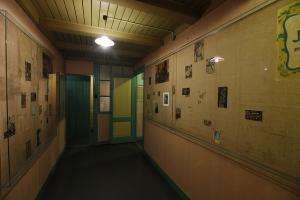
“I don’t want to have lived in vain like most people. I want to be useful or bring enjoyment to all people, even those I’ve never met. I want to go on living even after my death!” she wrote.
Anne’s story talks about the moods in the Dutch society. That 15-year-old tells of her frights during the break-ins into the warehouse that became more and more frequent as the war continued. Each of the events increased the odds of their discovery. She sadly but calmly discusses the increasing antisemitism and expresses her opinion that the Jews were being taken to their deaths in German labour camps. It was a conclusion that even many grownups chose to ignore during that time.
“People can tell you to keep your mouth shut, but that doesn’t stop you from having your own opinion,” she wrote.
As the people in hiding were listening the news about the progress of the war, D-Day (the seaborne operation by the Western allies to liberate Europe from the Nazi-German occupation – editor) got to have a more personal significance. In her last few entries, Anne is optimistic – it’s summer and she hopes the war to be over and go back to school by October.
The last part of the house is heartbreakingly sad as it’s dedicated to the Holocaust. It features interviews with Otto Frank, the helpers and people who met Anne and Margot in the concentration camps. By the last accords of the human madness that we call the World War II, the people in the annex were betrayed, “arrested” and sent to concentration camps with the last train taking Jews out of the Netherlands. To this day, it is unknown who betrayed their location.
Never forget, never repeat
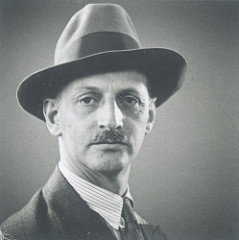
Anne Frank’s story is not only such a book and story that has reached us from the past, but it is probably the best-known personal narrative from that period. And why has the house where she wrote the story become so popular among the visitors? Is it a ghoulish desire for cheap excitement that causes people to line up to see where Anne wrote her story? I would like to think not.
A young person with her hopes, fears and dreams is something we can hope to relate to – a real voice telling her own perspective, straightforward and occasionally naive views of the world and changes around her. A teenager worrying about puberty, agonising over a crush and complaining how grown-ups don’t understand her, are details that make her completely human to us.
Thanks to her diary, we can glimpse at a true history, even if it is just a tiny morsel. It’s a story of a hopeful life that was cut short by madness – it could be a life of a sister, a classmate, a girl next door, myself…
————
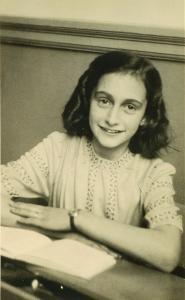
“Although I’m only fourteen, I know quite well what I want, I know who is right and who is wrong. I have my opinions, my own ideas and principles, and although it may sound pretty mad from an adolescent, I feel more of a person than a child, I feel quite independent of anyone.”
– Anne Frank, The Diary of Anne Frank
“We all live with the objective of being happy; our lives are all different and yet the same.”
– Anne Frank
“Parents can only give good advice or put them on the right paths, but the final forming of a person’s character lies in their own hands.”
– Anne Frank
Cover: Anne Frank in 1940 (Wikipedia). * This article was originally published on 11 March 2019.

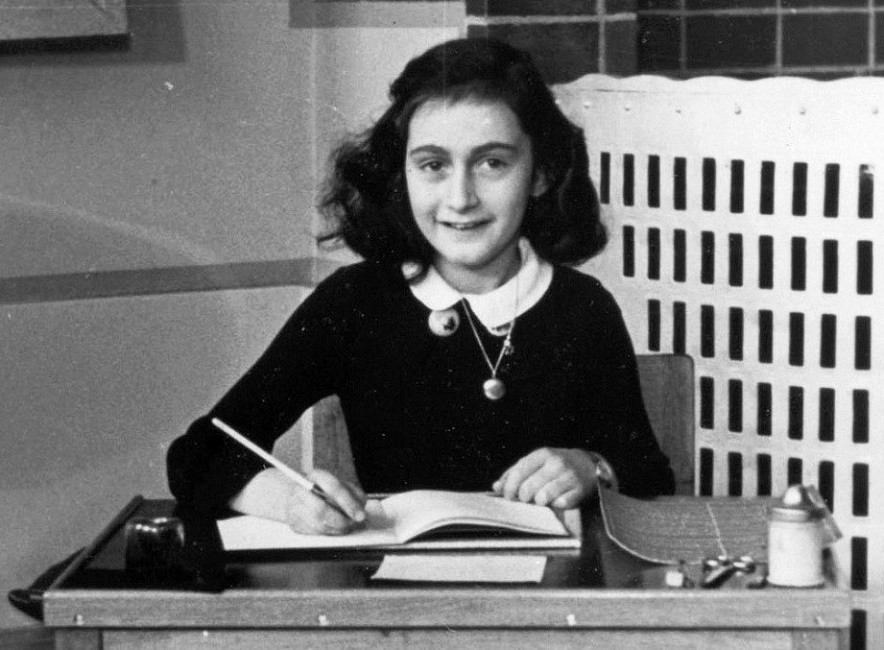
This was a great story! I always like to tead about Anne Frank ! We cannot never forget What happend !